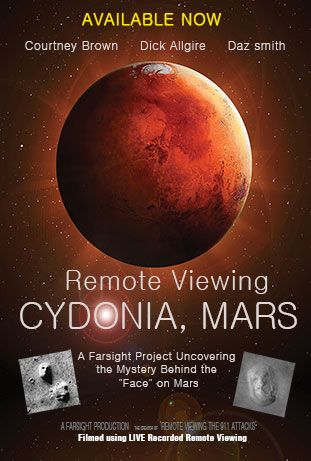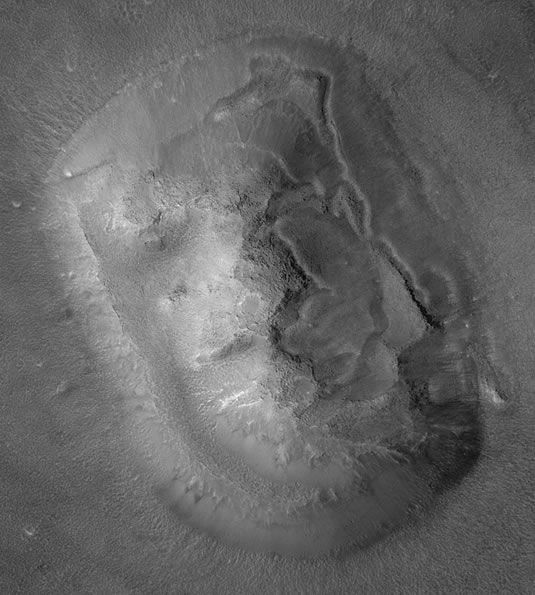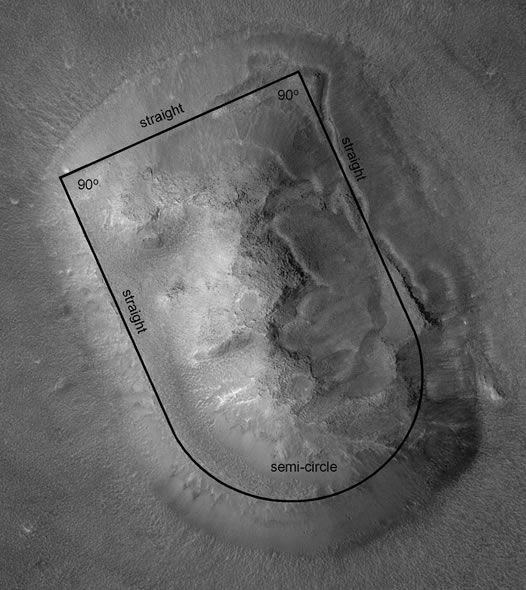Remote Viewing Cydonia, Mars
Published by FARSIGHT PRESS in 2015.
 According to remote-viewing data collected at The Farsight Institute, this documentary resolves the issue of the so-called “Face on Mars.” We now know that this anomaly was actually a city where Martians lived. They were more like us on Earth than most would imagine.
According to remote-viewing data collected at The Farsight Institute, this documentary resolves the issue of the so-called “Face on Mars.” We now know that this anomaly was actually a city where Martians lived. They were more like us on Earth than most would imagine.
Combining two of the most skilled remote viewers on the planet currently, using U.S. military derived methodologies for perceiving across time and space, and working within a scientifically clean and totally blind experimental design, we now have new eyewitness reports that describe how Martians lived, and how they died. New results based on a bedrock of verifiable data tell the story that has been hidden from us for too long.
The science of remote viewing has matured to the extent that such a project as this is finally achievable. But no one could have expected the results to be as shocking as what was actually revealed by these new data. We need to study the Martians, especially if we wish to avoid their mistakes and become a civilization with a better destiny.
(For those who may be interested, the Vimeo app for iPhone and iPad now supports Chromecast.)
The Remote-Viewing Data
Blind Conditions for All Remote-Viewing Data: All remote viewing for this project (as with all projects conducted at The Farsight Institute) was conducted under totally blind conditions. The viewers were told nothing about the project or specific targets while they were conducting their remote-viewing sessions. They were only instructed by a non-leading email that there is a target, and that they should remote view it. To understand the differences between an operational project such as this one and a strictly scientific project (such as our Multiple Universes Project), see the discussion on our Mysteries Project main page.
A Note About the Quality of the Remote Viewing for This Project: This is clearly an important project in the history of remote viewing. Thus, the quality of the remote viewing for this project is of ultimate concern. The two remote viewers participating in this project, Dick Allgire and Daz Smith, are arguably among the very best remote viewers on the planet currently. They have long and well-documented public track records for remote viewing, a great deal of which is available to see on the web site for The Farsight Institute in projects spaning many years. The quality of the remote-viewing sessions for this project is absolutely stellar. These are not sessions containing vague impressions that suggest possible target contact. Rather, these remote-viewing sessions are clear representations of the targets, both verbally and with unambiguous drawings.
The Remote-Viewing Targets


Image credit: NASA/JPL/Malin Space Science Systems. Text and graphics added to second image by Courtney Brown.